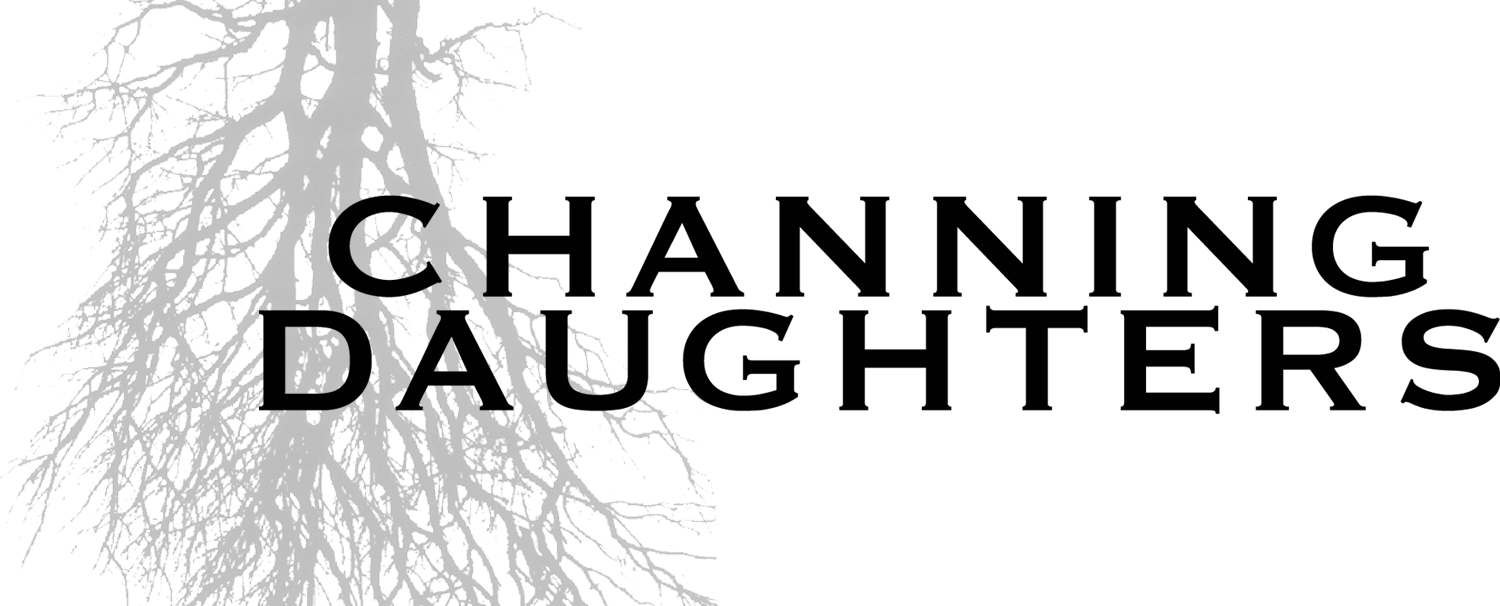TWO newly released chardonnays show the range of chardonnay styles emerging in the young region.
The wines are from the South Fork; each yields insights into contrasting approaches to the grape and to still versions of the wine. They are Wölffer Estate's 2002 reserve chardonnay ($20) from Sagaponack and Channing Daughters' 2005 Scuttlehole chardonnay (a $14 bargain) from nearby Bridgehampton.
They contrast an Old World philosophy represented by Roman Roth, Wölffer's winemaker and general manager, and so-called New World inspiration championed by Christopher Tracy, Channing's winemaker.
A direct comparison is not wholly fair, perhaps, because of the different vintages and winemaking methods used. Still, it shows just how wide the gulf is between the contrasting styles, one a settled, conservative, perhaps formulaic approach (Wölffer's) and the other an experimental, almost brash thrust (Channing's).
The estates emphasize the qualities of their respective vintages. Wölffer declares 2002 "a wonderful growing season" that yielded "lush and ripe grapes"; Channing speaks of grapes "harvested in perfect condition" and calls 2005 "the hottest, driest, healthiest vintage our region has seen." Although Wölffer's approach is more "classic Burgundian," in Mr. Roth's words, and thus the beneficiary of centuries of experience, Channing's is more exciting — and more vulnerable to tut-tutting from what John Ciardi, my poetry professor at Rutgers, called "armored and concluded" opinion.
Wölffer's chardonnay is a beverage. Channing's is a nosh.
Wölffer's says, "How do you do?" Channing's says, "G'day, mate."
Wölffer's will mesh with the expected kinds of fare: fish, seafood, poultry and, in Mr. Roth's view, all white-meat dishes.
Channing's will go with — who knows? — cheese-topped pizza, salads (hold the vinegar), a baguette slathered in herb butter. Even charcuterie, the winery recommends.
A major difference between them comes from a technical process beloved of wine geeks: malolactic (or secondary) fermentation, which, in mostly oak-reared wines like Wölffer's, softens acidity and introduces buttery and often cheeselike notes.
Channing's chardonnay is a product of stainless-steel tanks. Unlike wood, which influences wine, metal is neutral, which preserves and helps enhance bouquet and fruity flavors.
Quite accurately, Wölffer calls its reserve chardonnay elegant.
No less accurately, Channing says, "This is the naked expression of cool-climate chardonnay."
Wölffer's rich wine is somewhat figgy, redolent of dry pineapple, wood-inflected, mouth-filling and palate-cleansing; the texture is silken. It is correct. I admire it.
Channing's fragrant wine is almost a tropical-fruit salad, crisp, bouncy, appetite-sharpening, luscious. It is rebellious. I love it.
If both wines are refrigerated simultaneously, lightly chilled and then poured at the same time, their differences will be most vivid, and the wines most nuanced and tasty. To deaden them in ice for an hour would be to commit vinocide.

